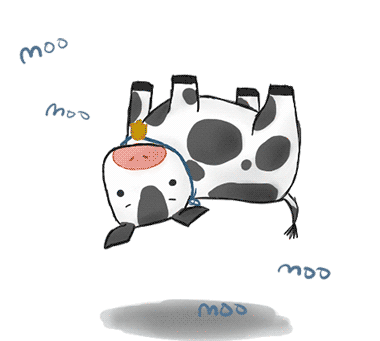| (6 intermediate revisions by the same user not shown) | |||
| Line 11: | Line 11: | ||
<img src='https://static.igem.org/mediawiki/2017/3/32/T--UCC_Ireland--collaboration.png' style='width: 60%; margin: auto; display: block;'></img> | <img src='https://static.igem.org/mediawiki/2017/3/32/T--UCC_Ireland--collaboration.png' style='width: 60%; margin: auto; display: block;'></img> | ||
| − | <img src="https://static.igem.org/mediawiki/2017/0/01/T--EPFL--logo.svg" id="aptasense-logo" style='display: block; float: left; max-width: | + | <h1 style='text-align: center;'>École Polytechnique Fédérale de Lausanne</h2> |
| + | |||
| + | <img src="https://static.igem.org/mediawiki/2017/0/01/T--EPFL--logo.svg" id="aptasense-logo" style='display: block; float: left; max-width: 20%; height: auto; padding: 0px 5px 5px 0px;'></img> | ||
| + | |||
| + | <p class='large'> | ||
| + | We collaborated with École Polytechnique Fédérale de Lausanne in Switzerland whose project focuses heavily on using cell-free systems. During the course of our collaboration, we discussed how cell-free systems could be beneficial to both our projects, enabling our systems to be used more widely and with more ease than if they were implemented in live bacterial chassis’. We also discussed cell-free protocols and reporter systems that could be used. | ||
| + | </p> | ||
| + | |||
| + | <p class='large'> | ||
| + | Specifically, the EPFL iGEM team asked us to review their cell-free protocol and compare it to what we would use with our cell-free collaborator Dr. Thomas Meaney, who aims to bring cell-free technology to a wider market. This comparison of cell-free protocols will help them to optimise their cell-free extraction and build out their project. | ||
| + | </p> | ||
| + | |||
| + | <p class='large'> | ||
| + | Through the course of our discussions, we learned that the EPFL team had tried to use chromoproteins in their cell free system with limited success. This has informed the future design of our biosensor strategy and has made us aware that we need to be careful in using amilCP as a reporter system and has made us aware that optimisation of the cell-free chassis may be required. | ||
| + | </p> | ||
| + | |||
| + | <p class='large'> | ||
| + | Overall, our discussions and sharing of ideas were mutually beneficial in the future design and implementation of both our projects and we are very thankful to EPFL for their time. | ||
| + | </p> | ||
| − | |||
</div> | </div> | ||
Latest revision as of 00:52, 2 November 2017

École Polytechnique Fédérale de Lausanne

We collaborated with École Polytechnique Fédérale de Lausanne in Switzerland whose project focuses heavily on using cell-free systems. During the course of our collaboration, we discussed how cell-free systems could be beneficial to both our projects, enabling our systems to be used more widely and with more ease than if they were implemented in live bacterial chassis’. We also discussed cell-free protocols and reporter systems that could be used.
Specifically, the EPFL iGEM team asked us to review their cell-free protocol and compare it to what we would use with our cell-free collaborator Dr. Thomas Meaney, who aims to bring cell-free technology to a wider market. This comparison of cell-free protocols will help them to optimise their cell-free extraction and build out their project.
Through the course of our discussions, we learned that the EPFL team had tried to use chromoproteins in their cell free system with limited success. This has informed the future design of our biosensor strategy and has made us aware that we need to be careful in using amilCP as a reporter system and has made us aware that optimisation of the cell-free chassis may be required.
Overall, our discussions and sharing of ideas were mutually beneficial in the future design and implementation of both our projects and we are very thankful to EPFL for their time.











